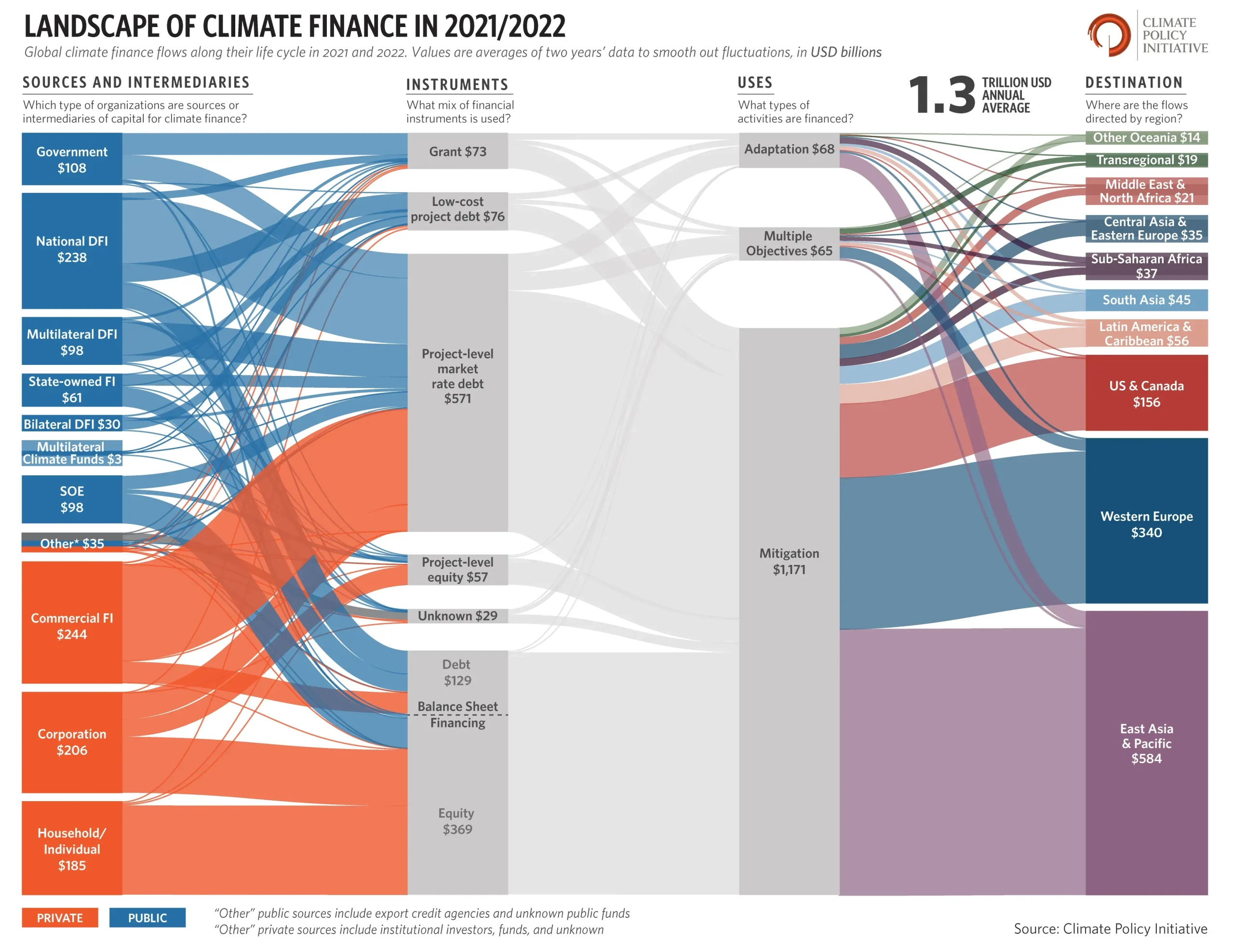Climate Finance is the engine that powers the global shift toward a low-carbon, climate-resilient future. By mobilizing capital from public, private, and philanthropic sources, climate finance underpins low-carbon investments that reduce emissions and boost resilience. As governments pursue ambitious climate targets and companies align with science-based goals, governance and policy signals create a favorable environment for climate-smart funding. Effective climate finance guides capital toward tools and partnerships that align financial returns with environmental outcomes. Understanding how it flows, who participates, and which instruments deliver measurable climate benefits helps investors, policymakers, and businesses participate effectively.
Seen through a broader lens, these capital flows fit into a wider ecosystem described as green finance, climate-aligned investing, and resilience funding. Rather than a single product, the idea encompasses instruments that mobilize money for decarbonization, adaptation, and sustainable infrastructure. Different structures—blended finance, guarantees, and taxonomies—help manage risk while directing capital toward projects with measurable environmental and social benefits. For decision-makers, this means integrating climate considerations into governance, disclosures, and long-horizon planning. For investors, the signal is clear: align portfolios with a transition to a cleaner, more resilient economy by considering impact alongside return.
Climate Finance and the Net-Zero Transition: Channeling Capital into Low-Carbon Investments
Climate Finance mobilizes public funds, private capital, and philanthropic support to accelerate the net-zero transition by funding projects that reduce greenhouse gas emissions, scale renewable energy, and strengthen resilience. By aligning investment mandates with climate outcomes, investors gain access to opportunities in low-carbon investments while managing downside risk through diversified portfolios and longer time horizons. This approach price-climate risk and reward climate benefits, ensuring capital flows toward sustainable development rather than stranded assets.
Key instruments like green bonds, sustainable finance frameworks, and blended financing provide the plumbing to move funds from concept to construction. Green bonds earmark proceeds for climate-positive assets, while sustainability-linked loans tie financing terms to measurable emissions or efficiency targets. Blended finance combines concessional capital with private investment to unlock early-stage or high-impact projects, delivering scaled climate impact alongside robust governance and climate risk management.
Instruments, Governance, and Risk Management: Navigating Climate Finance for Investors and Companies
Practical climate-finance decision-making starts with clear objectives, risk awareness, and transparent disclosure. Investors should map climate risk to portfolios, pursue verifiable impact metrics, and favor assets with credible decarbonization pathways. A robust policy environment and standardized taxonomies help distinguish credible opportunities from greenwashing, making sustainable finance more predictable and attractive for capital providers.
Beyond capital flows, governance and reporting matter. Climate risk management, ESG integration, and active ownership help ensure instruments perform as promised. Practitioners can combine green bonds with sustainability-linked instruments, leverage carbon pricing signals, and engage in public–private partnerships to spread risk. By prioritizing long-term resilience and just-transition considerations, organizations can participate effectively in the net-zero transition while delivering competitive returns.
Frequently Asked Questions
How does climate finance enable low-carbon investments and support the net-zero transition?
Climate Finance mobilizes public, private, and philanthropic capital to support both mitigation and adaptation, directing investment toward low-carbon investments and climate-resilient projects. It underpins the net-zero transition by financing renewable energy, energy efficiency, sustainable transport, and resilient infrastructure, while using blended finance, risk-sharing, and sustainable finance standards to attract capital and align returns with environmental outcomes.
What role do green bonds play in climate finance and how does climate risk management support investment decisions?
Green bonds are a core instrument in climate finance, providing dedicated funding for climate-related projects such as renewables and energy efficiency. In parallel, climate risk management integrates risk assessment, disclosure, and governance to help investors account for transition and physical risks, improving capital allocation and performance within sustainable finance and green investment strategies.
| Aspect | Summary | Key Points |
|---|---|---|
| Definition | Climate Finance is the mobilization, allocation, and deployment of financial resources to support mitigation and adaptation across public, private, and blended sources. |
|
| What it is | Mobilization of financial resources for clean energy, resilience, and sustainable development; includes public funds, private capital, and blended financing. |
|
| Why it matters | Critical for scaling low-carbon technologies and resilience. |
|
| Instruments | Green and climate bonds, ESG integration, sustainability-linked instruments, blended finance, PPPs, carbon pricing, risk transfer, and risk disclosure. |
|
| Investor Playbook | Define climate objectives, map risks, verify impact, engage with issuers, diversify, and monitor outcomes. |
|
| Policy & Governance | Policy signals, taxonomy and disclosure regimes, catalytic capital, and governance frameworks. |
|
| Case Studies | Examples include renewable energy green bonds, energy efficiency loans, and blended finance for resilience infrastructure. |
|
| Future Trends | Private capital mobilization, instrument innovation, better disclosure, policy alignment, and inclusive transitions. |
|
Summary
Climate Finance is the engine of the transition to a low-carbon, climate-resilient economy. By combining green bonds, sustainable finance, and blended funding with strong governance and transparent risk management, it channels capital toward measurable climate benefits while delivering viable returns. Investors, policymakers, and companies all have roles to play in expanding access to capital, setting credible targets, and continuously improving disclosure and measurement. In a world increasingly shaped by climate risk, Climate Finance offers a pathway to sustainable growth that protects communities, accelerates innovation, and strengthens financial stability.



